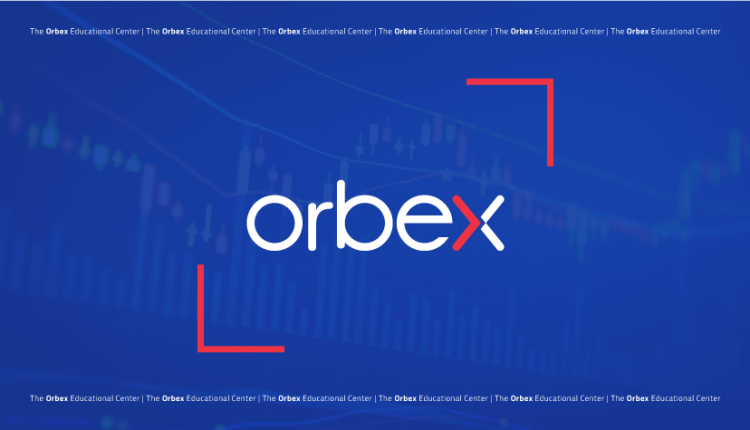A Trading Trick – Exposure

In the trading station on your MT4 platform, on the bottom you’ll see a tab that says “exposure,” and this opens up a handy bar graph and pie chart. What’s this for? Well, it measures your exposure, sure, but how can you use that to your advantage in trading?
Forex’s exposure problem
As a savvy investor at this point, you know you probably want to diversify your portfolio. Not putting all your eggs in one basket helps mitigate risk, and if you are trading in more than one security, you can get more out of your trading time, even opening several positions at once. So, you take a trade in EURUSD, GBPJPY, GBPUSD, and NAS100. Great, right?
Er, there is a slight problem.
Forex offers a large number of assets that you can trade in, which gives you a fantastic opportunity to diversify your portfolio without having to get into a bunch of esoteric asset classes. But some of them are very closely related and are the same underlying asset. You can even find that you are betting against yourself!
See, in the example above, you are trading in four different assets, but three of them share something in common: the USD. By spreading your portfolio, you are diminishing your exposure to moves in some of the currencies, but are still putting all your eggs in one basket when it comes to one currency.
Faux diversity
This can give some people the idea that they are diversifying their trades when they aren’t as diverse as they thought. In the example, EURUSD and GBPUSD both depend on movements in the dollar as much as in the euro and pound. There are two scenarios here:
1. You took the same position, such as bought both, expecting the EURUSD and GBPUSD to go up. OK, this in practice means that you expect the USD to go down. So, even though you have two assets open and it appears you are “diversified” you are actually exposed to one move: the dollar’s; if it gets stronger, you’re going to lose in both trades.
2. You take different positions, say bought EURUSD and sold GBPUSD. Here when it comes to the dollar, you’re basically betting against yourself: if it goes up, then you make out on the GBPUSD but lose on the EURUSD. If it goes down, then the roles are reversed. You only make out on the move between the euro and pound… and if you thought the euro was going to get stronger and the pound weaker, why not go straight for the GBPEUR cross?
This is where the exposure tab comes in handy; you can be trading and following signals from your strategy in different currency pairs and suddenly find yourself with all your eggs in one basket without noticing. Check on the tab regularly to see if your trades are as diversified as you thought. Typically, the USD is the one that gets most of the exposure, because it has the most pairs.
What about the NAS100?
The Nasdaq 100 is dependent on the dollar, in the sense that as a stock index with a lot of tech and export companies, a strong dollar can be seen to impact those companies’ earnings negatively. A weaker dollar is seen helping their profits. The NAS100 is pressured to go in the opposite direction of the dollar. So even though it isn’t even a currency, it can still be influenced by the dollar and should count as part of your dollar exposure.
Now, the Nasdaq responds to other factors than just the currency, of course, and can help “correct” for some of the moves. And this is where you can “offset” some of your exposure by considering the risk profile of your position, and picking assets that respond differently to the same event. For example, US inflation data: if the CPI is higher than expected, this is often interpreted as the economy overheating, which implies the Fed will keep tightening interest rates. Tightening means the dollar gets stronger, while the Nasdaq will get weaker because there is likely to be less “cheap” money available to put into stocks. Using that to your advantage is called “hedging.”




